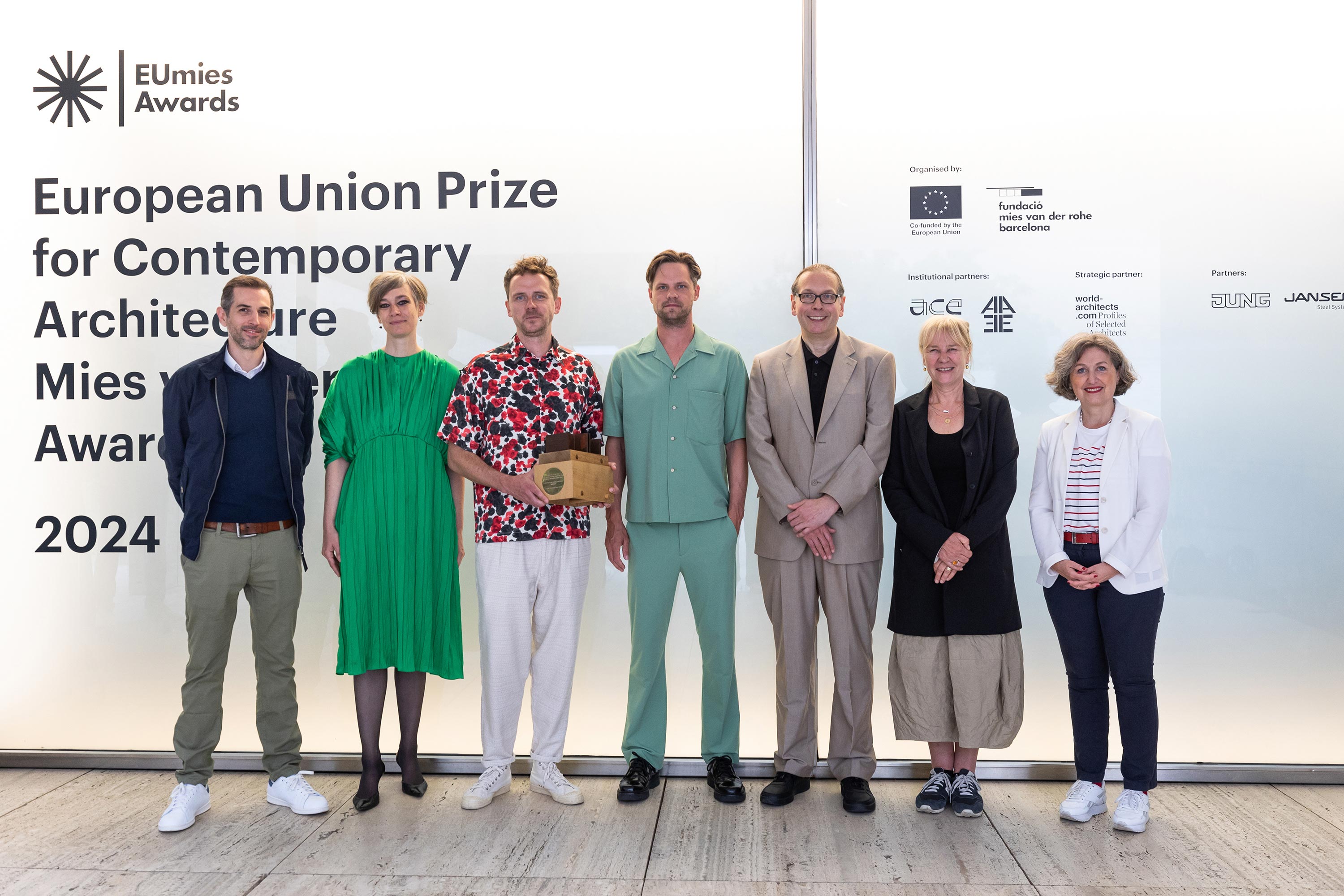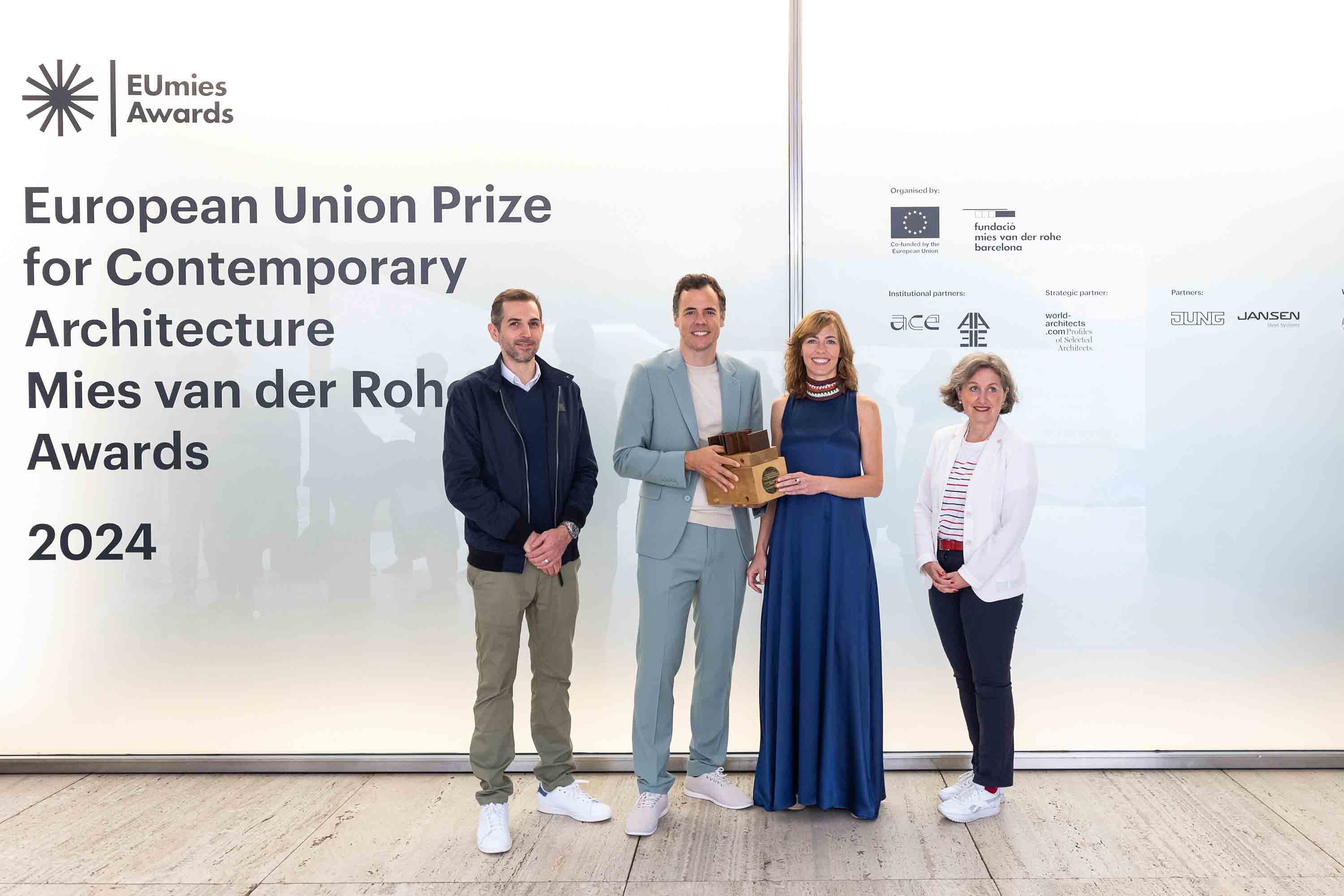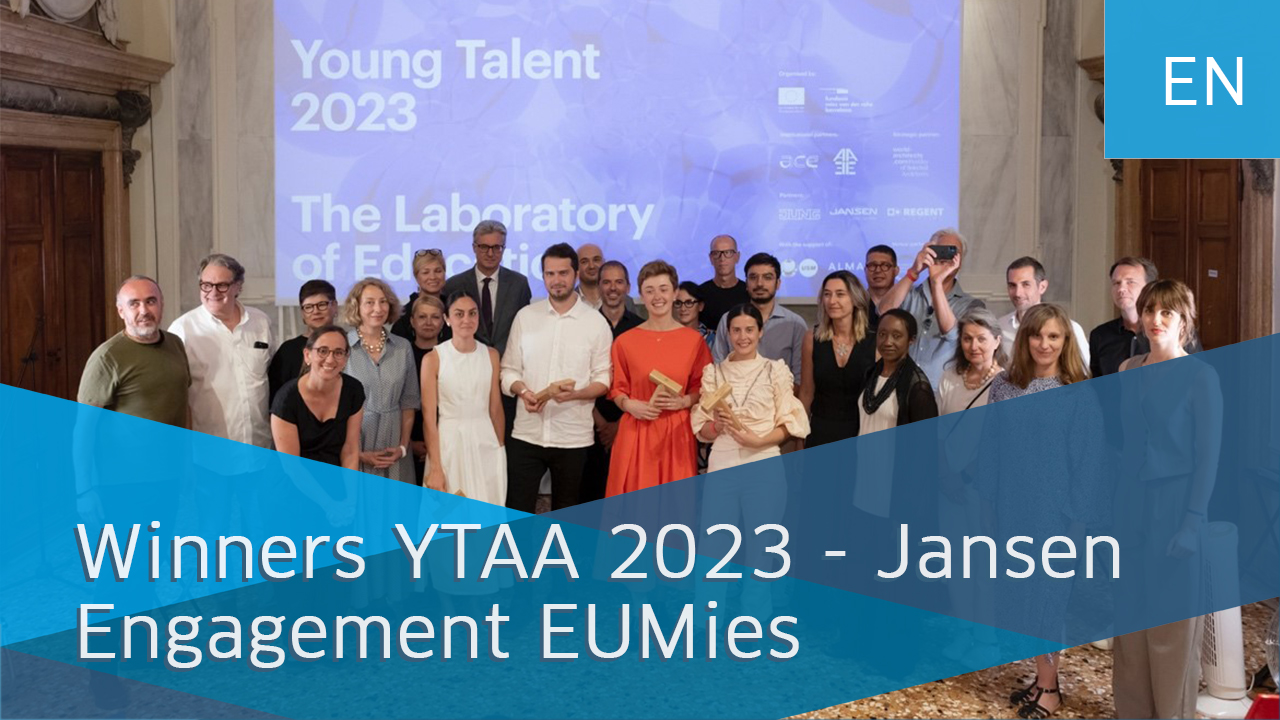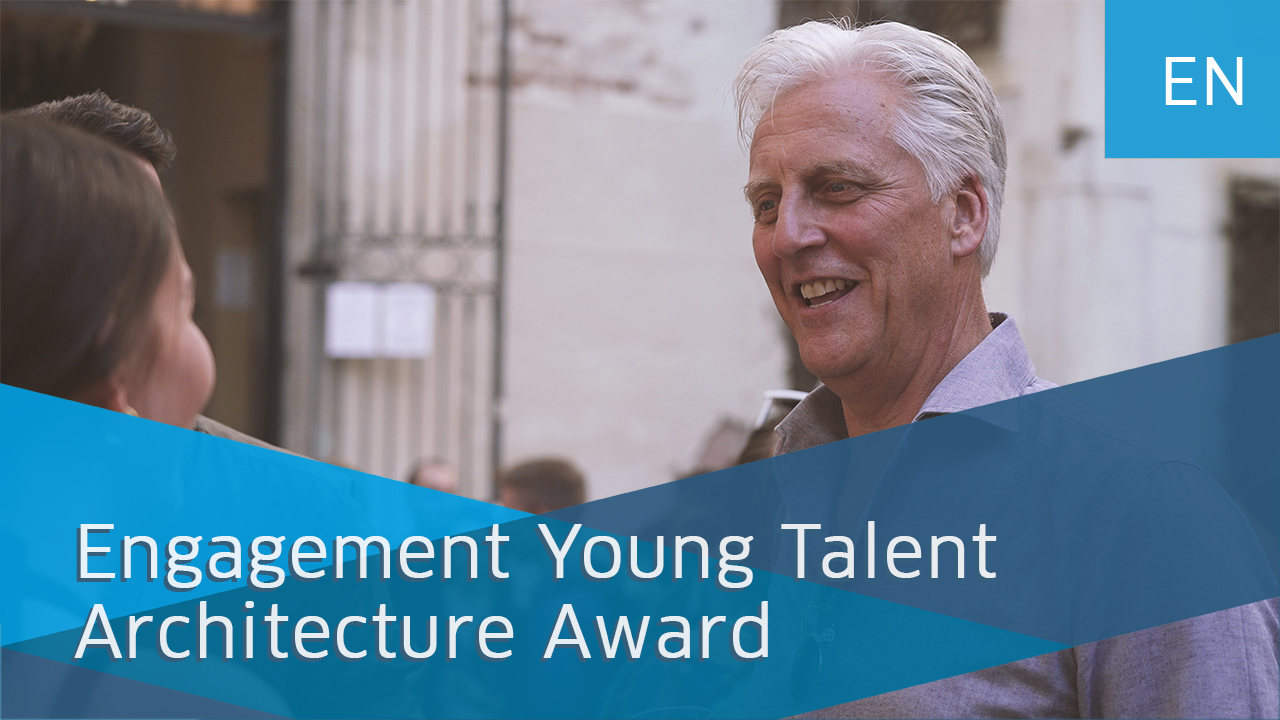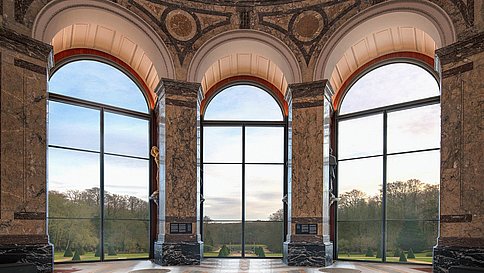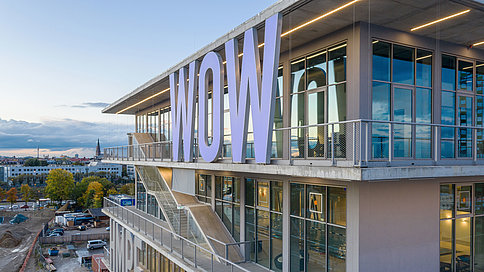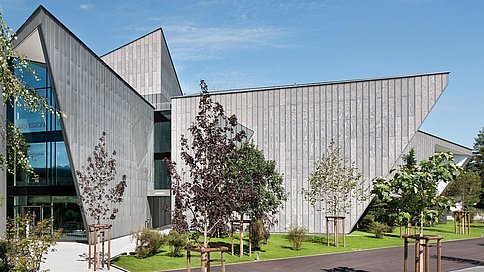Jansen supports the EUmies Awards since 2018
The EUmies Awards in the Architecture & Emerging categories take place in odd years, while the Young Talent Award takes place in even years. In 2024, the Architecture & Emerging Award will take place in Barcelona. The Mies van der Rohe Foundation aims to:
- Recognise and celebrate the excellence of European architecture in conceptual, social, cultural, technical and constructive terms.
- To highlight the European city as a model for the sustainable smart city that contributes to a sustainable European economy.
Jansen has been an exclusive industry partner for the prestigious EUmies Young Talent Architecture Award (YTAA) since 2018. With this commitment, Jansen promotes the visions of young architects, urban planners and landscape architects.
EUmies Awards 2024
On May 14, the award event took place in a festive setting in the Barcelona Pavilion with the jury members, winners, finalists and representatives of the European Commission. Various topics defined by the jury were discussed in the awards talks.
In the Architecture category, Gustav Düsing and Max Hacke were the winners with their student house on the campus of the Technical University of Braunschweig.
In the emerging category, the jury awarded the Gabriel García Márquez Library in Barcelona by SUMA Arquitectura, founded by Elena Orte and Guillermo Sevillano in Madrid.
The prize is awarded to contemporary architecture of high quality.
The exhibition (May 14 to June 16) presents models, texts, videos, sketches and drawings of the 40 shortlisted works and a summary of all 362 nominees.
Young Talents Architects Awards
The Young Talent Award is presented to three qualifying university master's programmes that include a design proposal.
By bringing together the most talented architects and some of the best architectural practices and institutions in Europe, the Young Talents Architecture Award winners have the opportunity to develop strategies, synergies and contacts with the companies and organisations of their choice.
Within the framework of Young Talents, finalist architects, planners and landscape architects are supported and can use the international EUmies platform to present their projects in a deserving manner.
YTTA 2023 winning projects
The 2023 YTAA Awards Ceremony took place on June 29 at Palazzo Michiel, Venice. The four winning projects are:
- Valter. Vraca Forum Sarajevo - Dinko Jelecevic, Faculty of Architecture Graz University of Technology, Utopia/political boarders
- Countermapping the Irish Island of Insibofin - Laura Hurley, School of Engineering and Architecture, SEFS. University College Cork & Munster Technological University, Peripheral Cartographies
- Eden Archipelago - María de la O Molina Pérez-Tomé, Madrid School of Architecture. Polytechnic University of Madrid, Landscape regeneration
- Earth Bound - Shaha Raphael, Architectural Association School of Architecture, Urban regeneration
Jansen's long-term partnership with the Mies van der Rohe Foundation
In Europe, the EUmies Awards are the most important awards in architecture. This social commitment is a matter close to Jansen's heart and we will continue to support it in the coming years. So that young European architects and architecture students have an international platform and support for their ideas and work.

